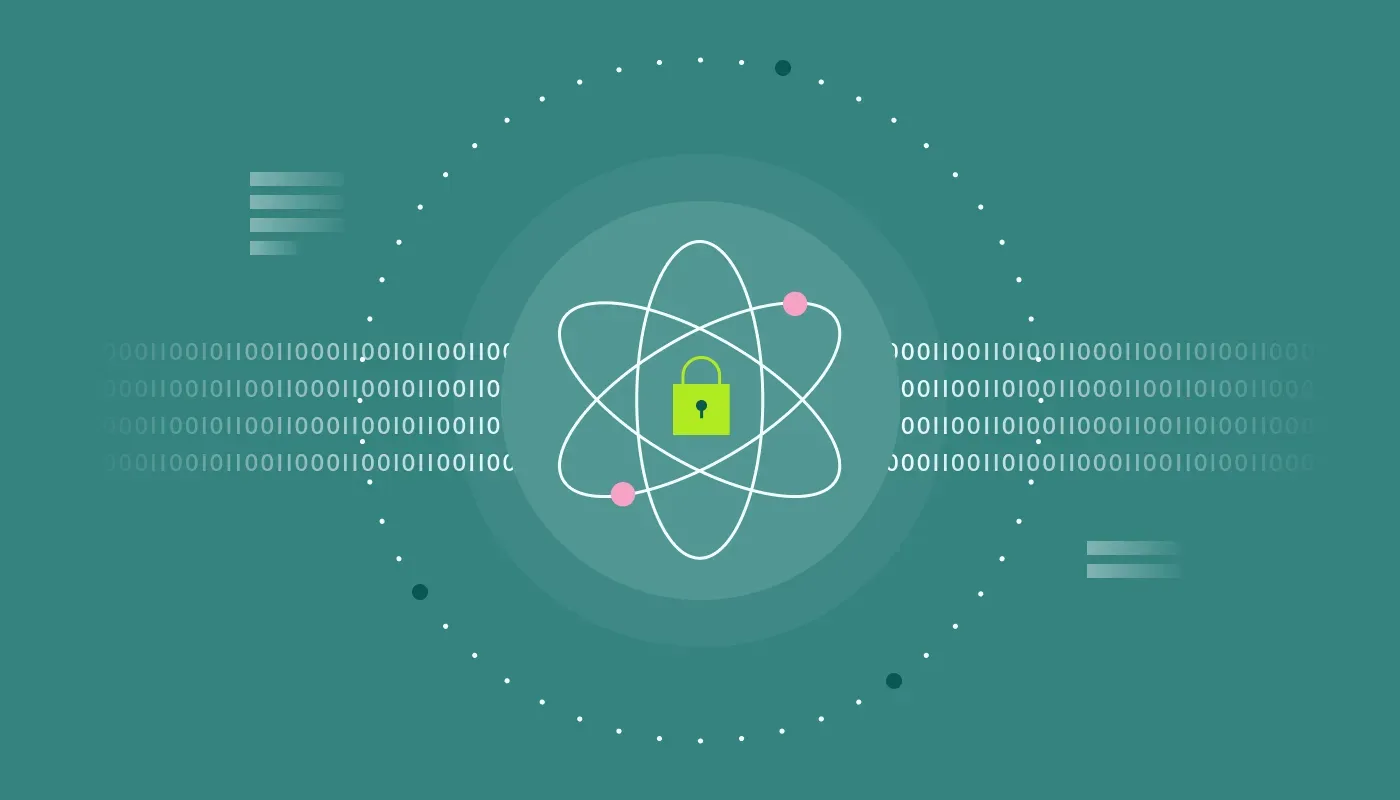The global Quantum Cryptography market is a theater of intense and highly sophisticated competition, where the rivals are not just other companies, but the fundamental challenges of physics and engineering. This rivalry is fueled by the immense strategic value of achieving information security that is theoretically unbreakable, a prize that has attracted nation-states, global technology corporations, and elite academic institutions. The nature of the Quantum Cryptography Market Competition is multifaceted and extends far beyond traditional business metrics. It is a competition of scientific breakthroughs, intellectual property portfolios, and the ability to build trust in a deeply complex and novel technology. The competitive landscape is largely defined by a fundamental and ongoing debate between two distinct architectural approaches: the hardware-based, provably secure method of Quantum Key Distribution (QKD), and the software-based, algorithm-focused approach of Post-Quantum Cryptography (PQC). This central technological schism shapes the strategies, investments, and go-to-market motions of all players in the market, creating a dynamic and challenging environment for vendors and a complex decision-making landscape for customers.
The competitive strategy of the QKD proponents, a group that includes pioneers like ID Quantique and MagiQ Technologies as well as large players like Toshiba, is to differentiate on the basis of perfect, physics-based security. Their value proposition is that their systems are not based on mathematical assumptions that could one day be broken, but on the laws of quantum mechanics, which state that the act of observing a quantum state inevitably disturbs it. This provides a built-in "eavesdropper detection" mechanism, offering a level of assurance that no classical system can match. They compete by targeting the most security-sensitive applications, such as government intelligence networks, critical infrastructure command and control systems, and long-term data archives where information must remain secure for decades. Their competitive moat is built on a deep portfolio of patents covering the intricate hardware—single-photon sources, detectors, and quantum random number generators—required to build these systems. The high cost and distance limitations of current QKD technology are their primary competitive challenges, which they are actively working to overcome through continuous R&D.
In contrast, the competitive strategy of the PQC proponents, which includes a wide range of cybersecurity software vendors, standards bodies like NIST, and major technology companies, is centered on scalability, cost-effectiveness, and ease of deployment. PQC involves developing new classical cryptographic algorithms that are based on mathematical problems believed to be hard for both classical and quantum computers to solve. Because PQC is a software-based solution, it can be deployed on existing hardware and network infrastructure through software updates, making it a far less disruptive and more economically viable path to quantum-readiness for the vast majority of enterprises. The competition in the PQC space is being fought in the arenas of standardization, with companies vying to have their algorithms selected by NIST, and in the development of "crypto-agile" software libraries and management platforms that will help organizations seamlessly migrate to these new standards. The Quantum Cryptography Market is Expected to Reach USD 314.46 Billion By 2035, Growing at a CAGR of 35.43% During 2025 - 2035. The future of competition will likely see a convergence, with hybrid solutions that use PQC for authentication and QKD for generating the most critical encryption keys, creating a layered, defense-in-depth approach to quantum-safe security.
Top Trending Reports -



